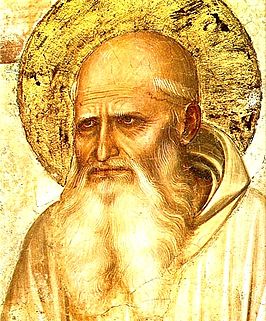
Monday 19th, St Romuald, abbot. Was a monk who lived a life of strict penance and solitude. He established many monasteries, most notably at Camaldoli in Tuscany. He died in 1027.
Tuesday 20th, The Irish Martyrs. Seventeen Irish martyrs, men and women, cleric and lay, put to death for the Catholic faith between 1579 and 1654 were beatified by Pope John Paul II in 1992. Six Catholics of Irish birth or connection executed for the faith in England had already been beatified in 1929 and 1987.
Wednesday 21st, St. Aloysius Gonzaga, religious. Born in 1568, St. Aloysius showed signs of deep faith from an early age and in order to enter religious life he had to renounce any claim to his family’s titles and wealth. He joined the Jesuits and as model novice he worked in the plague hospital and caught the fever, dying in 1591 at the age of 23. At the time novices in the Jesuit Order were buried in a communal grave but St. Robert Bellarmine, who recognised Aloysius’ deep faith and spirituality, intervened and asked that he be given his own burial plot. The tombs of both saints are in the Church of St. Ignazio in Rome. St. Aloysius is the patron saint of youth.
Thursday 22nd, Ss. John Fisher, 1469-1535 and Thomas More, 1478-1535, martyrs. St. John Fisher, as Vice-Chancellor, built Christ’s and St. John’s Colleges, Cambridge. Bishop of Rochester. His love of truth brought about his death. St Thomas More, the first commoner to be Lord Chancellor of England, suffered martyrdom also under Henry VIII. Patron of lawyers and those in public life.
Saturday 24th, The Nativity of St. John the Baptist. We rejoice at the coming of St. John the Baptist, a man of self-denial, integrity of life and purpose, and an uncompromising prophetic voice. John means ‘The Lord has shown favour’. This feast relates to the summer solstice when the days begin to grow shorter, recalling John’s words, ‘He must increase, but I must decrease.’
